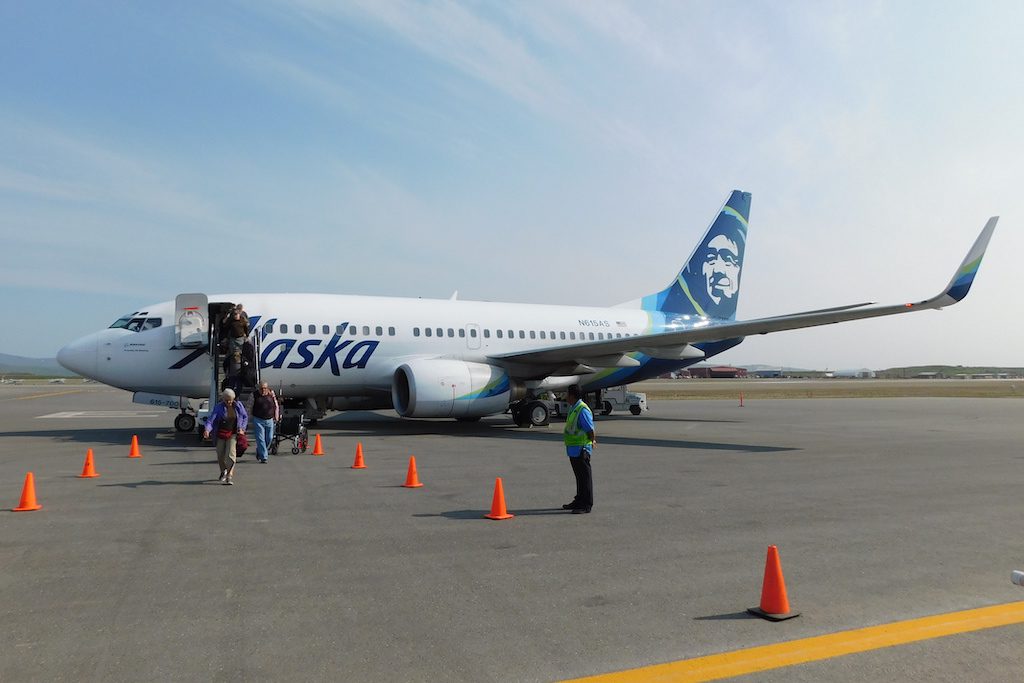Alaska Airlines Pledges to Defend Home Turf Against Competition

Skift Take
People joke that Alaska Airlines' name no longer makes sense. But the airline still has a huge franchise in the state. It's going to want to defend its turf.
To many flyers in the continental United States, who may travel from Los Angeles to New York or Seattle to Orlando, the name "Alaska Airlines" is an anachronism that no longer fits the fifth-largest U.S. carrier, headquartered in Seattle.
But Alaska remains the biggest U.S. airline in the state of Alaska, not only flying an average of 42 daily departures from Anchorage but also operating routes like Prudhoe Bay to Utqiagvik, a roughly 45-minute segment for which the lowest round-trip fare for fall travel is $544. The airline even has a stake in cargo, hauling supplies, fish, and mail.
Alaska will probably never have much competition on intrastate routes or freight. Increasingly, though, domestic rivals have added routes to Anchorage, tapping into the lucrative summer tourism market. This summer American Airlines is flying an Airbus A321neo from Phoenix and a Boe
